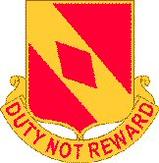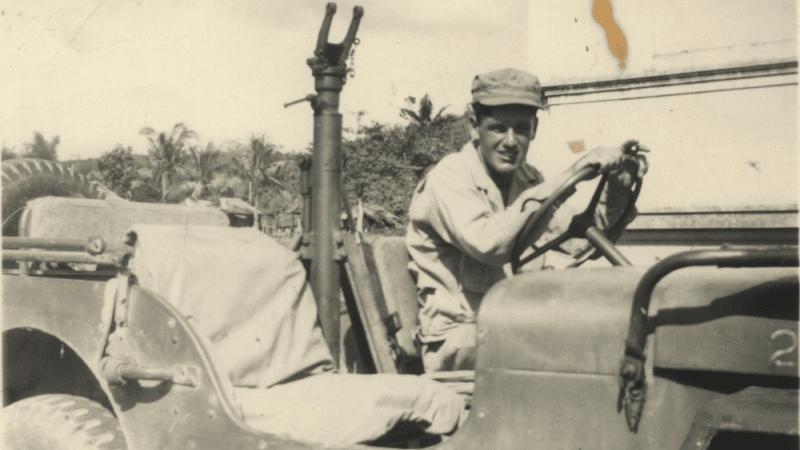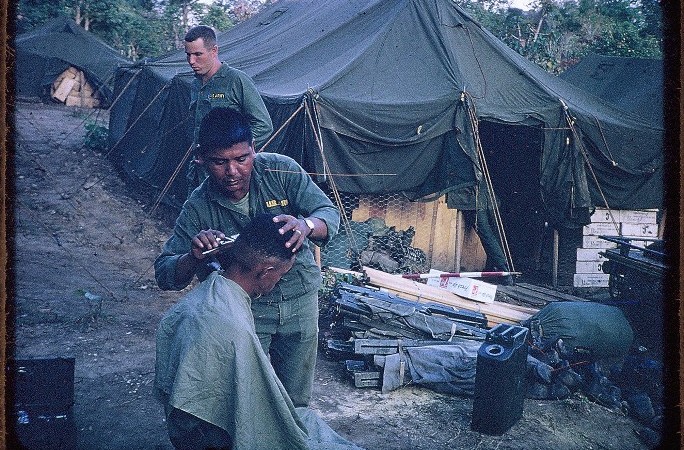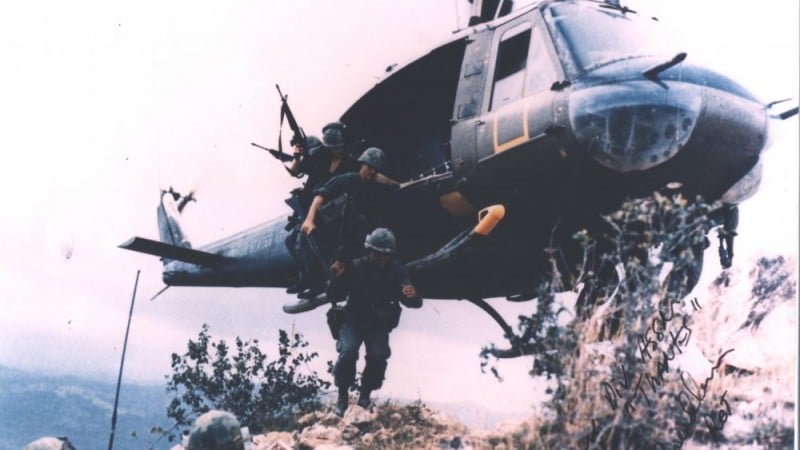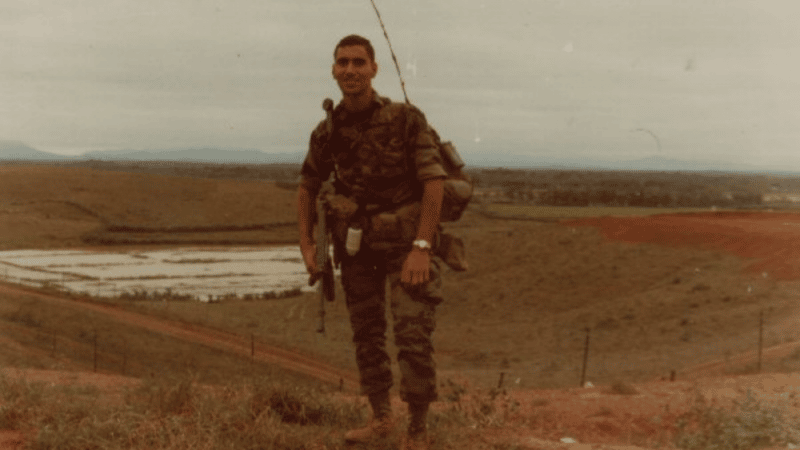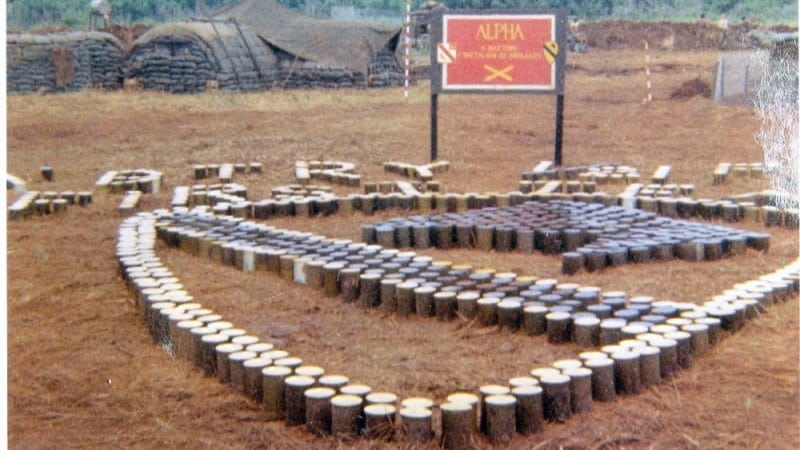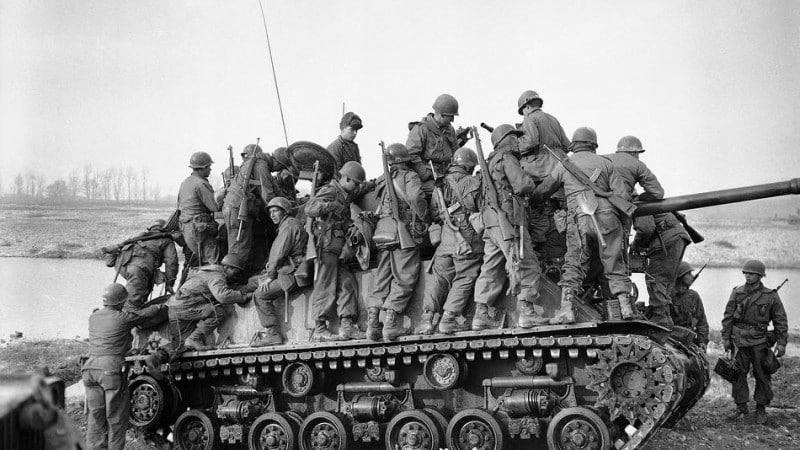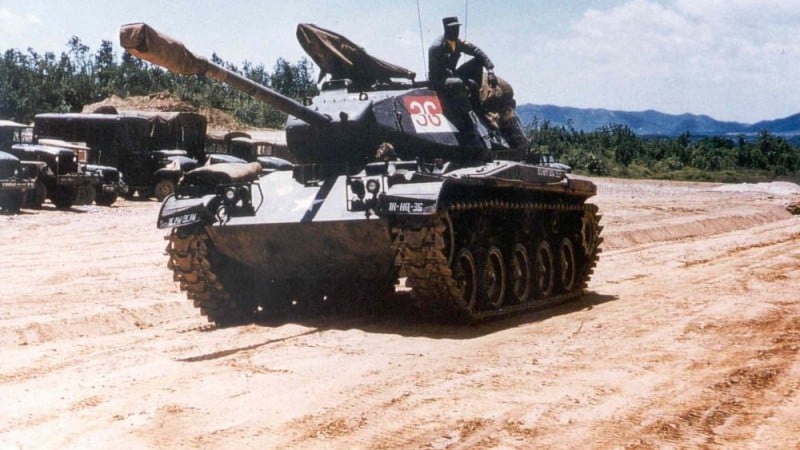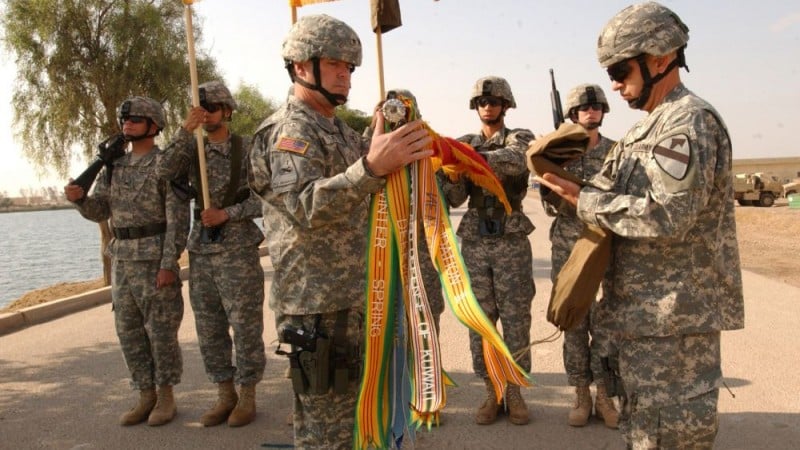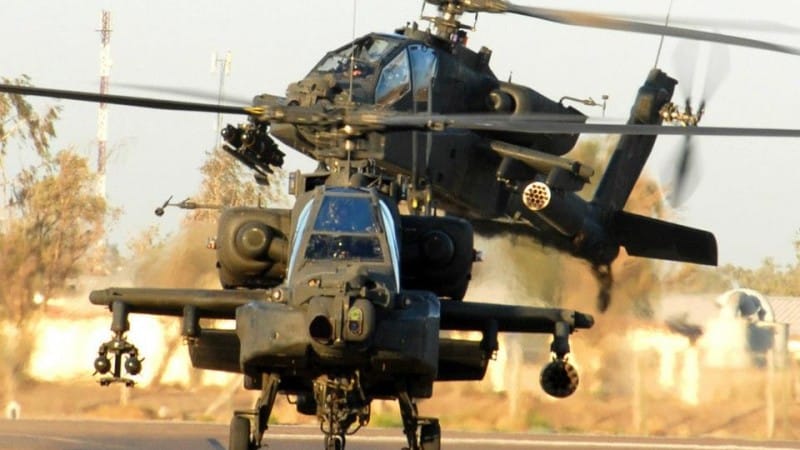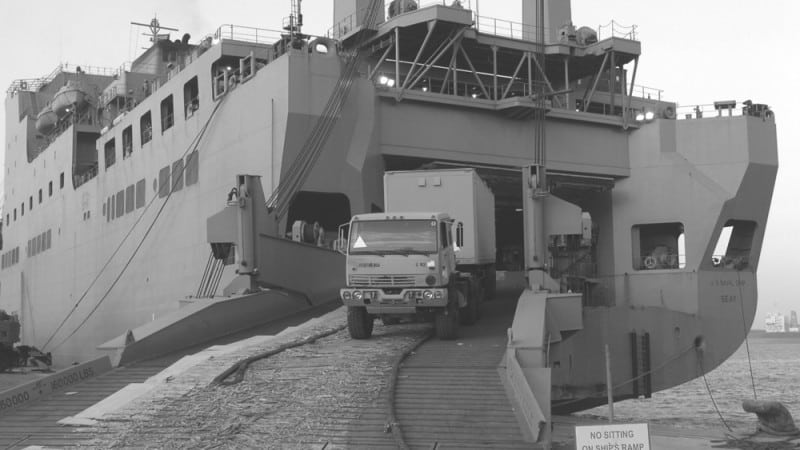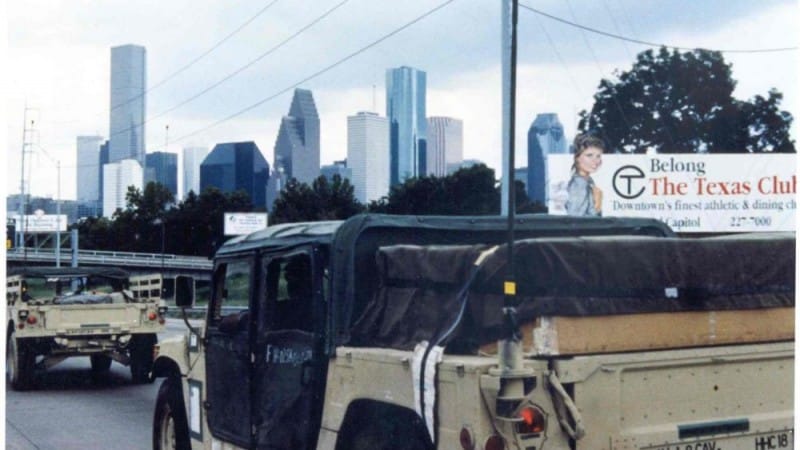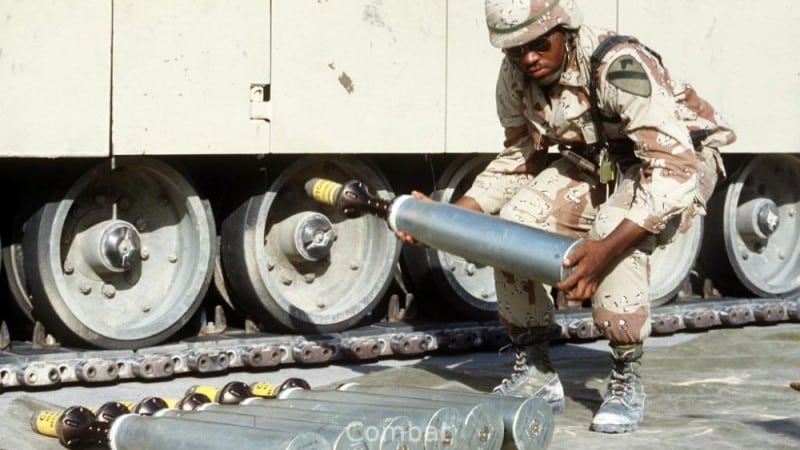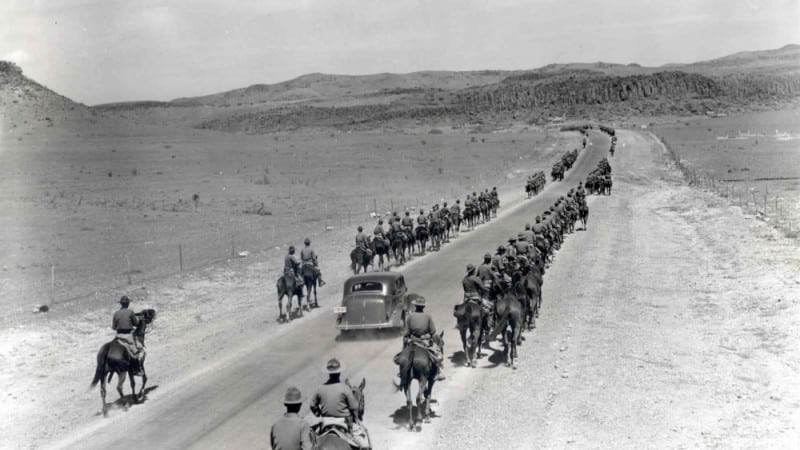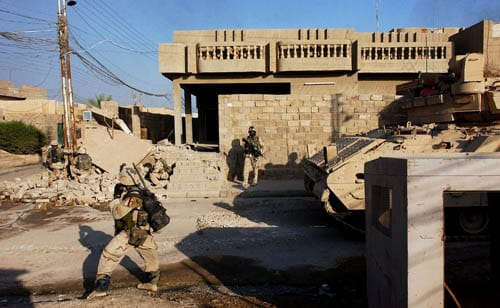2nd Battalion, 20th Field Artillery Battalion
“Deep Strike”
The 2nd Battalion, 20th Field Artillery Regiment, “Deep Strike,” was first constituted on 1 July, 1916 in the Regular Army as Battery B, 20th Field Artillery. It was organized on 1 June 1917 at Fort Sam Houston, Texas, as an element of the 5th Division. It served with the 5th Division during World War I in two campaigns: St Mihiel and Lorraine 1918.
The unit was inactivated on 5 September 1921 at Camp Bragg, North Carolina. The 20th Field Artillery Regiment as a whole was relieved on 23 March 1923 from assignment to the 5th Division and assigned to the 8th Division. The Regiment was relieved on 1 January 1930 from assignment to the 8th Division and assigned to the 5th Division. It was relieved on 16 October 1939 from assignment to the 5th Division.
The battalion was activated in June of 1940 at Fort Benning, Georgia, as an element of the 4th Division (later re-designated as the 4th Infantry Division). The unit was reorganized and re-designated on 1 October 1940 as Battery B, 20th Field Artillery Battalion. As part of the 4th Infantry Division, Battery B participated in 5 campaigns in World War II: Normandy (with arrowhead indicating participation in the initial assault), Northern France, Rhineland, Ardennes-Alsace, and Central Europe. Following the end of the Second World War, the unit was inactivated on 13 February 1946 at Camp Butner, North Carolina.
The unit was reactivated on 6 July 1948 at Fort Ord, California. It was inactivated 1 April 1957 at Fort Lewis, Washington, and relieved from assignment to the 4th Infantry Division. It was re-designated on 22 August 1957 as Headquarters and Headquarters Battery, 2nd Field Artillery Battalion, 20th Artillery, with its organic elements concurrently constituted. The Battalion assigned 15 October 1957 to the 1st Cavalry Division and activated in Korea. The unit was re-designated on 1 July 1960 as the 2nd Rocket Howitzer Battalion, 20th Artillery before being re-designated again on 1 September 1963 as the 2nd Battalion, 20th Artillery.
In July 1965 the Battalion moved to Fort Benning Georgia as part of the re-flagging of the 11th Air Assault Division (Test) as the 1st Cavalry Division (Airmobile). There it was reorganized as an Aerial Rocket Artillery battalion, initially equipped with UH-1B and UH-1C helicopters and later they were re-equipped with the AH-1G helicopter. Known as “Blue Max,” the unit participated in 14 campaigns with the 1st Cavalry Division in Vietnam including: Vietnam, Defense, Counteroffensive, Counteroffensive Phase II, Counteroffensive Phase III, Tet Counteroffensive, Counteroffensive Phase IV, Counteroffensive Phase V, Counteroffensive Phase VI, Tet 69/Counteroffensive, Summer-Fall 1969, Winter-Spring 1970, Sanctuary Counteroffensive, and Counteroffensive Phase VII. Eventually, B Battery moved North and was attached to the 4/77 ARA, 101st Airborne during Lam Son 719 and into Laos between February and March of 1971. After returning from Vietnam, the Battalion was inactivated on 10 April 1971 at Fort Lewis, Washington.
The Battalion was re-designated on 1 September 1971 as the 2nd Battalion, 20th Field Artillery. It was relieved on 13 September 1972 from assignment to the 1st Cavalry Division, assigned to the 4th Infantry Division, and activated at Fort Carson, Colorado.
In 1976, the Battalion was attached to 8th Infantry Division in Wiesbaden, Germany, where it would remain until it was inactivated. The Battalion was relieved on 16 September 1980 from assignment to the 4th Infantry Division before being inactivated on 1 June 1984 in Germany. The Battalion was subsequently reactivated on 16 September 1987 in Germany and again inactivated there on 15 June 1992. Headquarters and Headquarters Battery, 2nd Battalion, 20th Field Artillery, was re-designated on 16 January 1996 as Battery B, 20th Field Artillery, and assigned to the 4th Infantry Division, and activated at Fort Hood, Texas.
On 17 September 1998, 9-1st Field Artillery was re-flagged. Battery B, 20th Field Artillery and was concurrently reorganized and re-designated as Headquarters and Headquarters Battery, 2nd Battalion, 20th Field Artillery, with its organic elements concurrently activated, taking over the personnel and equipment of 9-1st Field Artillery.
In 2001, the Battalion supported the Army’s testing and fielding of the M270A1 launcher and became the first M270A1 MLRS unit in the Army. Soldiers with the 2nd Battalion, 20th Field Artillery Regiment, held a launching ceremony on 17 April 2001 to present the new MLRS to the 4th Infantry Division. The ceremony consisted of a live-fire exercise attended by key members of the 4th Infantry Division and the 49th Armored Division, Texas National Guard. At that time, the Texas National Guard’s 2nd Battalion, 131st Field Artillery Regiment and D Battery, 2-20th Field Artillery would round out the 2-20th Field Artillery in a contingency.
In March 2003 the Battalion deployed to Iraq in support of Operation Iraqi Freedom where they performed not only their traditional field artillery tasks, to include firing the Division’s first deep missile fires in combat, but performed armed reconnaissance missions, joint security patrols, cordon and searches, raids, and a wide variety of civil military operations. The Battalion redeployed in March 2004. Returning back to Fort Hood, Texas the unit underwent training equipment maintenance until it was once again called into action in support of Operation Iraqi Freedom in December 2005.
Answering the call to duty the 2nd Battalion, 20th Field Artillery Regiment of Fires Brigade, 4th Infantry Division deployed in December 2005 in support of Operation Iraqi Freedom where it conducted operations and continued to field new MLRS technology. In January 2006, the Task Force fired the Division’s first M31 GMLRS (Guided Multiple Launch Rocket System) in support of operations across Iraq.
After returning from the deployment, the 2nd Battalion, 20th Field Artillery was inactivated and relieved from assignment to the 4th Infantry Division. It was reactivated as part of 41st Fires Brigade, assigned to III Corps, at Fort Hood, Texas. The 41st Fires Brigade was designated as the III Corps Fires Brigade intended to support the 1st Cavalry Division. This reorganization was part of the transformation of the US Army to the modular force structure. As a result, the Battalion activated Battery C and the 67th Forward Support Company was attached to it. Elements from the Brigade’s Target Acquisition Battery, A Battery, 26th Field Artillery, were also attached during operations.
On 2 April 2015, the41st Fires Brigade was inactivated and the 1st Cavalry Division Artillery was activated at Fort Hood, Texas bringing the 2nd Battalion, 20th Field Artillery back and assigned to the 1st Cavalry Division.
In June 2015, the battalion began deploying to Korea for a nine-month deployment to support the defense of the Korean peninsula. After returning to Fort Hood, the 2nd Battalion, 20th Artillery began moving to Fort Sill and was assigned to the 75th Field Artillery Brigade.
